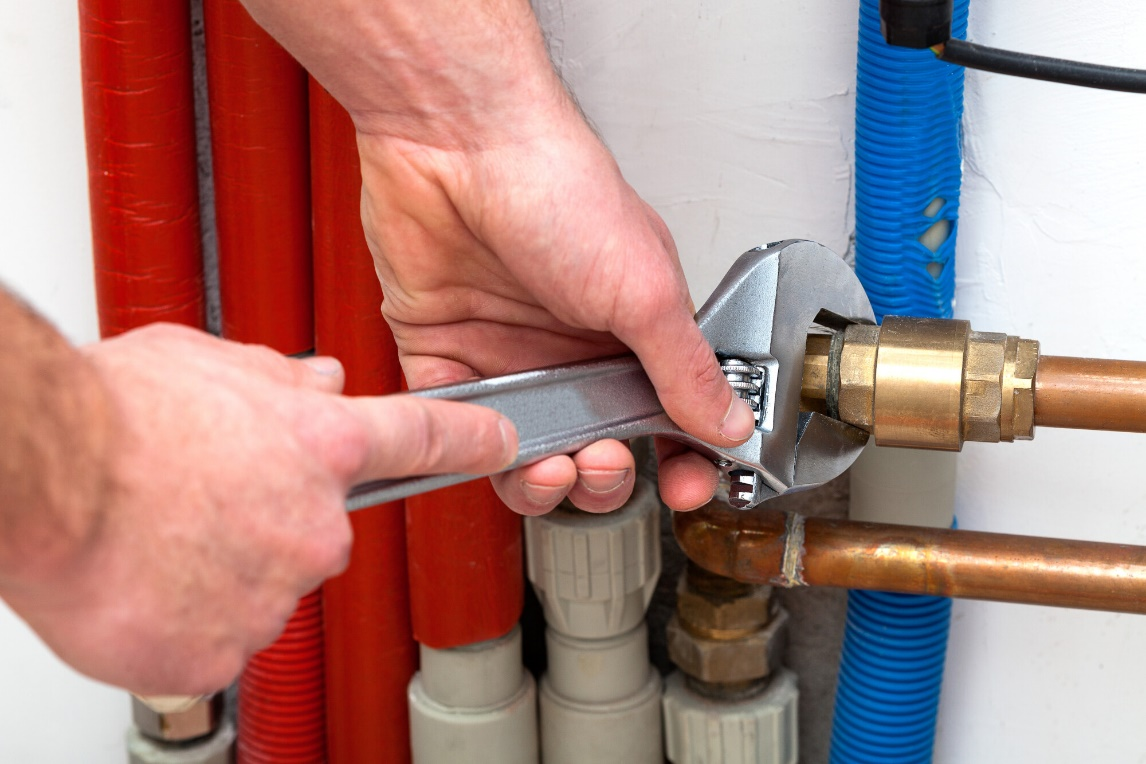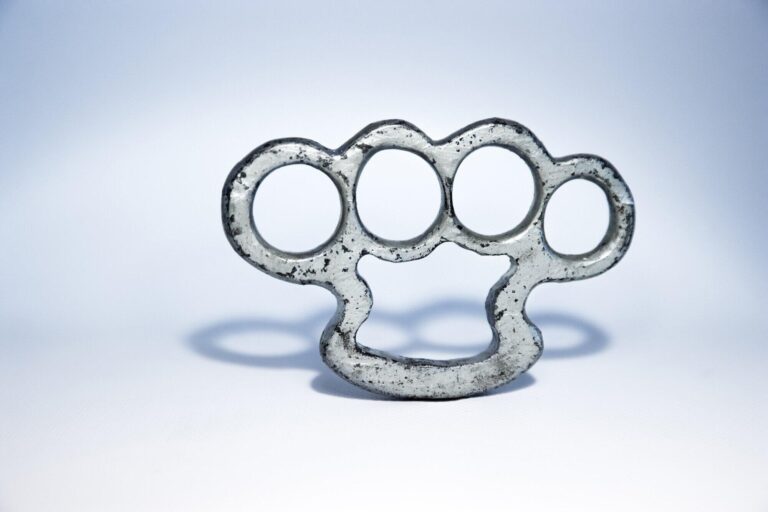How to Detect and Fix Common Plumbing Leaks at Home
Plumbing leaks can cause damage to your home if they are not fixed quickly. Even a small drip can waste water and lead to higher bills. Learning how to detect and repair common leaks can save time and money.
With a little knowledge and the right tools, many leaks can be handled before they become big problems. Here are some simple ways to find and fix plumbing leaks in your home.
Check for Dripping Faucets
A dripping faucet is one of the most common plumbing problems. The sound may be annoying, but the bigger issue is wasted water. Most dripping faucets are caused by worn-out washers or seals inside the handle.
You can turn off the water supply, remove the faucet handle, and replace the washer with a new one. This is a quick and low-cost repair.
If the faucet still drips after replacing the washer, the problem might be with the valve seat, which can also be replaced.
Look for Leaks Under Sinks
Leaks under kitchen and bathroom sinks are common and often easy to spot. You might see water pooling in the cabinet or notice damp areas.
These leaks are usually caused by loose connections in the pipes or worn-out seals around the drain. Start by tightening any loose nuts with a wrench.
If that does not work, you may need to replace the P-trap or the drain gasket. Always keep a towel or bucket nearby to catch any water when making repairs.
Inspect Toilets for Hidden Leaks
Toilet leaks can be tricky because they are not always visible. One way to check is by adding a few drops of food coloring to the toilet tank. Wait about 15 minutes without flushing.
If the color appears in the bowl, water is leaking from the tank into the bowl. This usually means the flapper needs to be replaced.
Replacing a flapper is a simple job that requires no special tools. It can also save a lot of water over time.
Watch for Water Stains and Damp Walls
Not all leaks are easy to see. Sometimes the only sign is a water stain on the wall or ceiling. Damp spots, peeling paint, or a musty smell can also be signs of a hidden leak.
These leaks often come from pipes inside the walls or ceilings. Finding the exact location may require cutting into the wall.
In cases like this, it is best to call a professional plumber who has the right tools to locate and repair the problem without causing unnecessary damage.
Maintain and Monitor Your Plumbing
Regular maintenance can help prevent leaks before they start. Check faucets, hoses, and exposed pipes for signs of wear. Replace old washing machine hoses with braided stainless steel ones to reduce the risk of bursting.
Insulate pipes in colder areas to prevent freezing and cracking. Also, keep an eye on your water bill.
A sudden increase could mean you have a hidden leak somewhere in the house. Catching problems early can save money and protect your home from water damage.
Fix Plumbing Leaks at Home
Detecting and fixing plumbing leaks does not always require special skills. Many small leaks can be handled with basic tools and a little patience. Checking faucets, sinks, toilets, and walls regularly can help you find problems early.
When the job is too big or hard to reach, getting help from a professional is the safest choice.
By staying alert and making repairs quickly, you can keep your plumbing in good shape and protect your home from costly damage.
Visit our blog for more!







